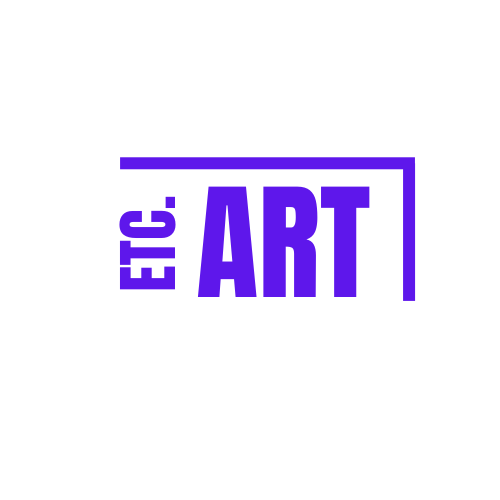Oil Painter: Landscapes, Abstraction & Hyperrealism with Jonathan Retallick
- Jordan Brinkworth

- Jun 8, 2024
- 7 min read

‘I remember being only about one year old when I created my first painting’ Jonathan tells me. ‘I was with my older sister, and whilst she was painting things like houses and cars, I was just painting these long red lines down the page because I just loved how the paint was flowing and working on its own - so I guess you could say that I was naturally inclined to create abstract images from a young age’. Of course, you could turn around here and say that kids have a variety of seemingly bizarre fascinations growing up which could mean a variety of things. I remember for instance being obsessed with how washing machines worked and would often sit in front of one for hours in my grandmother’s house as the clothes whizzed around. Though, whilst I didn’t turn out to be a mechanic (or institutionalised) Jonathan here has continued to develop upon his fascination for abstract art to create the energetically mystifying works that can be seen within the pages of this article.

‘As a child I went to an arts group that was based in Anglesey where I grew up and you had these great artists come in, like Keith Shone and Jeremy Yates [two esteemed landscape painters], who would run the workshops and so many brilliant amateur artists who would join in. So I learnt a lot about art as if through osmosis...’ Jonathan says. ‘It wasn’t a desire to express myself or anything at that point, it was just for fun. It wasn’t until I was about 18 or 19 thatI really discovered my passion for art after just thinking differently about life... I decided that I wasn’t just going to wait for retirement to spend my time creating so I just started painting every single day’. Since then, Jonathan has created thousands of paintings, but at times, some of these paintings have meant a lot more to him than others.
During 2015 Jonathan went through an extremely tough time; having lost his apprenticeship after the company that hired him went bankrupt; suffering from a close bereavement; and almost losing his own life from an asthma attack; his world appeared to be falling apart. Yet as we’ve explored throughout these issues, these kinds of intense emotions wrought about by such traumatic experiences tend to produce powerful expressions when those who
are suffering put pen to paper, brush to canvas or chisel to stone. ‘As a result of what was going on at that time, the art I was producing was very personal and very introspective. It would be something I absolutely wouldn’t sell or work over’ Jonathan tells me. After injecting such meaning into his work as a result of his external experiences however, he began to instead create based purely upon how he felt in the moment; ‘it was very freeing because it [the painting] wasn’t loaded with anything’ he tells me. Though, as the meaning, or lack thereof, behind his works changed, so too did his entire medium and style.

When Jonathan was going through a challenging time during the mid-2010s, he would primarily look to portray figurative pieces [‘figurative’ meaning the depiction of real-world elements, namely the human form but also landscapes] through his ink drawings and acrylic paintings. As his emphasis however, shifted from accurately depicting particular subjects, such as people, to representing particular emotions, so too did the style of his work become that much more abstract, as he says: ‘I was losing the need to create figuratively as the subject matter became less important... in other words, the way I was painting something became more important than what I was painting’.



